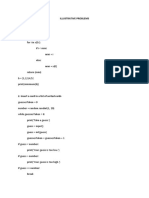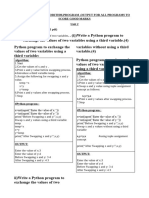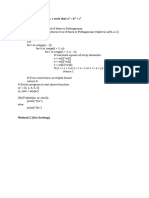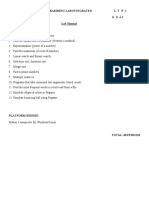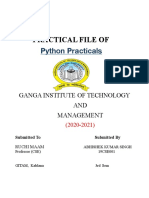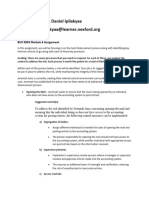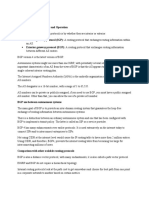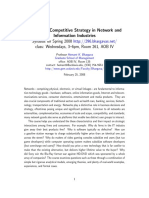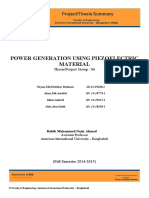0% found this document useful (0 votes)
3 views13 pagesData Science Lab Manual
The document is a lab manual for a Data Science course at D.A.V. Institute of Engineering & Technology, detailing various programming experiments using Python or R. It includes a list of experiments covering basic programming, array programming, list programming, matrix operations, and dictionary manipulation, along with example codes and outputs. Each section provides procedures for implementing specific programs related to the respective topics.
Uploaded by
ashishsmv3452Copyright
© © All Rights Reserved
We take content rights seriously. If you suspect this is your content, claim it here.
Available Formats
Download as PDF, TXT or read online on Scribd
0% found this document useful (0 votes)
3 views13 pagesData Science Lab Manual
The document is a lab manual for a Data Science course at D.A.V. Institute of Engineering & Technology, detailing various programming experiments using Python or R. It includes a list of experiments covering basic programming, array programming, list programming, matrix operations, and dictionary manipulation, along with example codes and outputs. Each section provides procedures for implementing specific programs related to the respective topics.
Uploaded by
ashishsmv3452Copyright
© © All Rights Reserved
We take content rights seriously. If you suspect this is your content, claim it here.
Available Formats
Download as PDF, TXT or read online on Scribd
/ 13

